Highlights
- Every music video doesn’t have to be deep, but Eve’s “How to Eat Life” excels in storytelling through raw imagery.
- Directed and animated solely by Mariyasu, it explores body horror with a metaphoric self-destruction aspect.
- The sequel “Fight Song” continues the narrative, with a potential for an anime adaptation in the future.
Not every music video has to be deep, yet for years, singer-songwriter Eve has demonstrated the medium’s propensity for great storytelling, as if to ask how quickly someone can fall in love with a story. “How to Eat Life” is one such film that condenses so much raw imagery into four minutes that it had fans’ minds alight imagining a full series, a dream that’s not so imaginary anymore.
“How to Eat Life” was originally released in February 2020 as part of the album Smile before the music video hit YouTube on May 22, becoming an instant hit like many of Eve’s songs. What made it all the more impressive was that the video was directed and animated solely by one person; Japanese artist and animator, Mari Yasui, or Mariyasu (@mariyasu_ame on X). And since then, it’s been turned into a light novel series and a manga.
What is How to Eat Life?
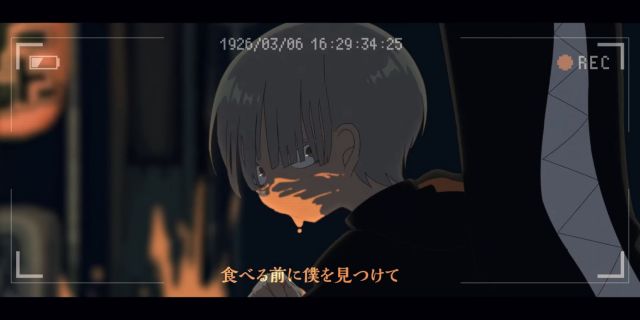
Describing what makes “How to Eat Life” different is no easy task because what it does well lends it a quality akin to how every one of Eve’s works is special. He enlists such talented animators and studios to produce anything from simple but emotion-drenched pencil-drawn illustrations to spectacular compositions that look straight out of the best TV anime. But part of what makes this particular music video impactful is its use of body horror, from which the title derives its meaning.
The title isn’t lying – this story is about feeding, but with a darkly carnivorous connotation, evident by repeated imagery of the protagonist being devoured and, in turn, his intense hunger. The bulk of the video focuses on Tobi Otogiri’s hunt for a headless dragon wreaking havoc throughout the city that bleeds the same color as the sustenance he so desperately craves.
The Direction and Meaning
Mariyasu’s artwork is sublime, but it’s how she directed the music video that has made it so timeless, especially her use of color, which helps tell what is an otherwise abstract story. The warm golden hue is quickly associated not only with the setting and Tobi’s outfit but the “food” he craves as well. Cleverly, this sickeningly sweet color serves as a substitute for the dark red that would normally accompany the carnage depicted, which gives the video freedom to be a little gorier.
Fans have interpreted this story in several ways, but the lyrics, in tandem with the visuals, reinforce this macabre gluttony as a metaphor for self-destruction. Likewise, listeners tend to take away a message about self-improvement and confronting one’s demons to not “devour oneself,” a fate painted as effectively gruesome in this story.
The fact that Mariyasu created this solo is also just incredible in itself. Character designs are simple but striking and cool, and the myriad characters populating these lived-in streets fill the short film with an endearing vibrance. As a bonus, it contains numerous references to previous Eve music videos, though this is something that fans had come to expect by the time this video debuted.
What Makes This Music Video Unique?
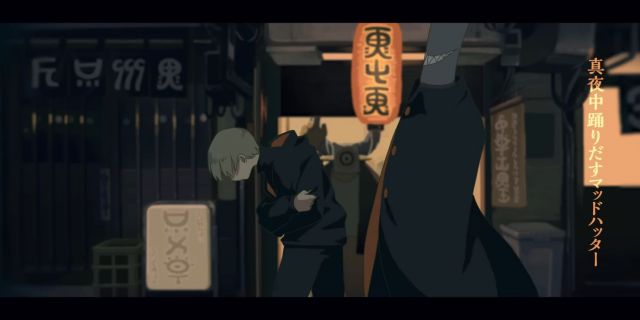
From recurring characters to overlapping motifs and themes, Eve’s music videos regularly reference one another way. In this way, the subject music video isn’t inherently unique in how it feels rooted in a shared continuity. However, it is unique in that its subsequent expanded media shows that a lot more is being done to realize this story than many previous works by Eve.
On September 22, 2022, over two years after the music video premiered, “How to Eat Life” was turned into a light novel series that’s still running. It’s written by Ao Jyumonji (Grimgar: Ashes and Illusions, Fairy Gone), with artwork by lack (Holo Graffiti, Prima Doll). Literature aside, this story’s potential was nowhere more evident than in what followed soon after in December 2022.
The Sequel No One Expected
“Fight Song” was not only the twelfth and final ending theme for the just-then-completed first season of Chainsaw Man, but its music video was a direct sequel to “How to Eat Life.” But this was so much more than just the return of a familiar face and aesthetic. Where previous Eve MVs were heavily abstract, and often resonant more so for how they made the audience feel, “Fight Song” feels decidedly more straightforward as a narrative.
It presents itself like an action film that’s been condensed down to its most potent emotional highs. The protagonist of both music videos, who by this point was officially named Tobi Otogiri by Eve, is protecting a young girl who is the reincarnation of the dragon from the first film. When she’s taken, Tobi has to partake in a tournament to get her back.
Once again, it’s packed with details and brimming with references (including a cameo by Denji and Makima from Chainsaw Man). Mariyasu also returned, somehow managing to outdo her previous work completely. From lighting to camerawork, it’s gorgeous, and the color choice, in particular, takes it to the next level. Instead of the sickeningly sweet orange hue, “Fight Song” drops the facade and embraces a blood-red that fits the setting and tone far greater.
Does it Deserve an Anime?
Demanding a fully realized narrative for something so brief and yet so powerful is a tricky thing because, despite its potential, it’s remarkably comfortable in its current trappings. “How to Eat Life” and “Fight Song” are first and foremost songs of which the videos were only companion pieces meant to add dimension to a complete work. Turning them into complete narratives risks ruining them, especially if they don’t have the same artists behind them.
These two music videos wouldn’t be the same without Mariyasu or, at the very least, an art direction heavily faithful to the macabre yet oddly cozy modern fantasy she helped visualize. But like with past characters born through transmedia projects, there’s something inherently compelling about Tobi Otogiri, about the setting, and the themes alluded to through their coalescence.
Music videos are a powerful storytelling medium because they lead with ideas, unburdened by as rigid a framework as a script or novel that demands such ideas be fleshed out. Yet, to its credit, “How to Eat Life” can’t be argued to lack such a framework by this point. This past October marked the beginning of a manga adaptation, also written by Jyumonji. This story is real, and if it’s even half as good as the videos that spawned it, it deserves an anime adaptation.
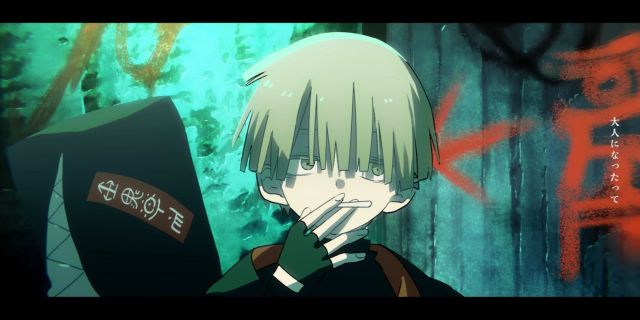








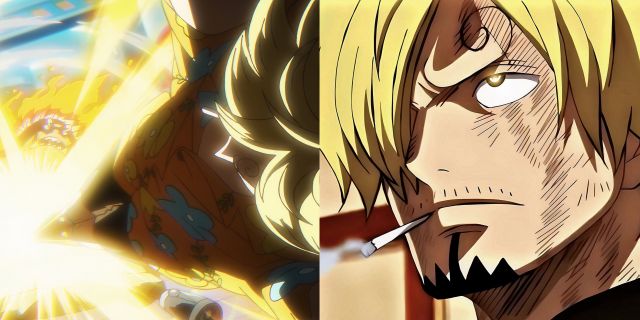
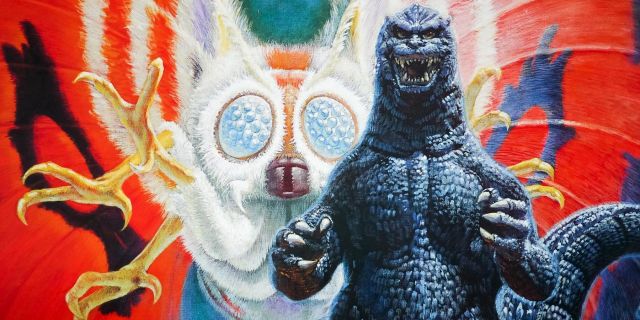
Leave a Reply